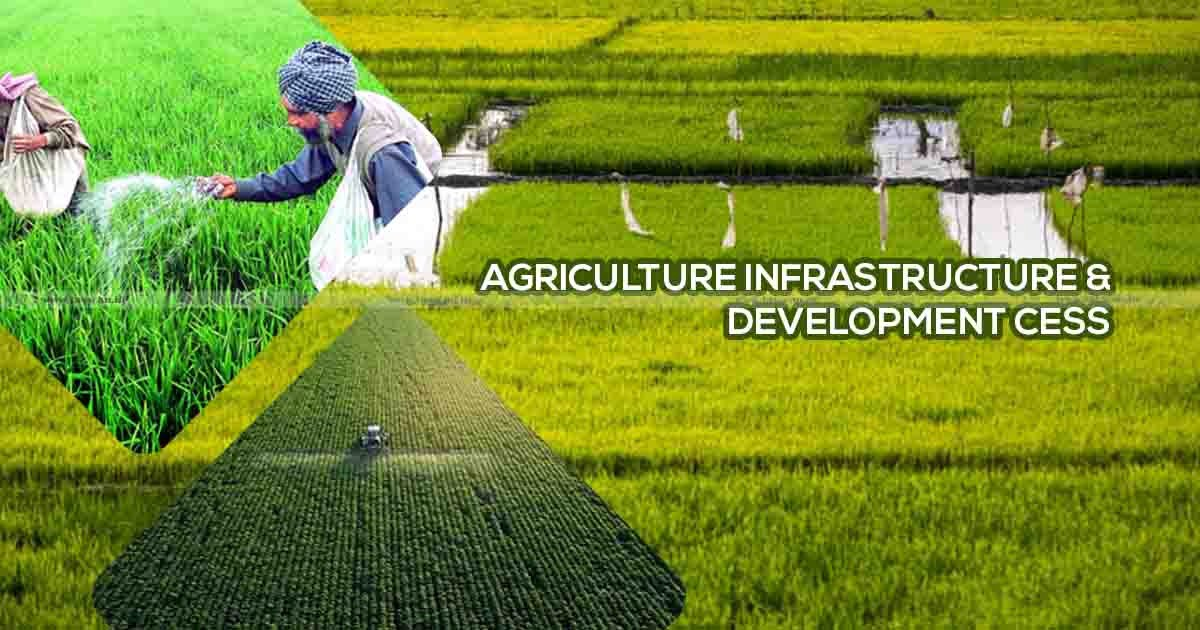Free Courses Sale ends Soon, Get It Now


Free Courses Sale ends Soon, Get It Now



Copyright infringement not intended
Picture Courtesy: www.taxscan.in
Context: The government has recently exempted imports of LPG (liquid petroleum Gas), liquified propane, and liquified butane from the 15% Agriculture Infrastructure Development Cess (AIDC) with effect from September 1.
Details
Agriculture Infrastructure Development Cess (AIDC)
Why is AIDC Important?
Implications of AIDC
Implications of AIDC
Devolution Formula
Central Spending
CESS v/s TAX
Purpose and Utilization
Sharing with State Governments
Complexity and Modification
Payment Responsibility
In summary, while both taxes and cess are forms of government revenue collection, they differ in their purpose, utilization, sharing with state governments, complexity of implementation, and payment responsibility. Cess is specifically earmarked for certain purposes and offers more flexibility in its administration compared to regular taxes.
Conclusion
Must Read Articles:
AGRI INFRASTRUCTURE FUND: https://www.iasgyan.in/daily-current-affairs/agri-infrastructure-fund
|
PRACTICE QUESTION Q. Consider the following statements in the context of Cess: 1. It is collected for a specific purpose, and the revenue generated from it must be used exclusively for that purpose. 2. If the collected cess goes unspent in a particular year, it carries over to the next year. 3. Cess revenue is shared with state governments. 4. The procedure for introducing, modifying, or abolishing a cess is generally simpler and more flexible. How many of the above statement is/are correct? A) Only one B) Only two C) Only three D) All four Answer: C Explanation: Statements 1 and 2 are correct: Cess is collected for a specific purpose, and the revenue generated from it must be used exclusively for that purpose. If the collected cess goes unspent in a particular year, it carries over to the next year and can only be utilized for the designated cause. It cannot be allocated for other purposes. Statement 3 is incorrect: Cess revenue is typically not shared with state governments. It remains with the central government and is used exclusively for the specified purpose. Statement 4 is correct: The procedure for introducing, modifying, or abolishing a cess is generally simpler and more flexible. It can be adjusted as needed by the government. |
https://www.ndtv.com/business/government-exempts-lpg-imports-from-agriculture-cess-4347047
© 2024 iasgyan. All right reserved